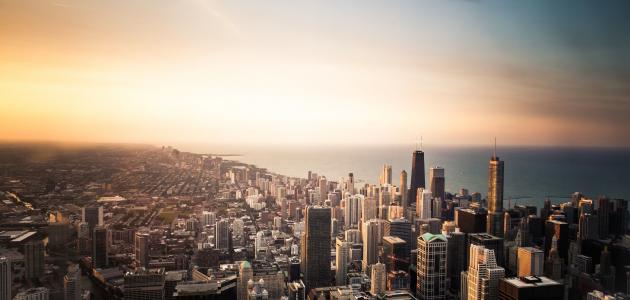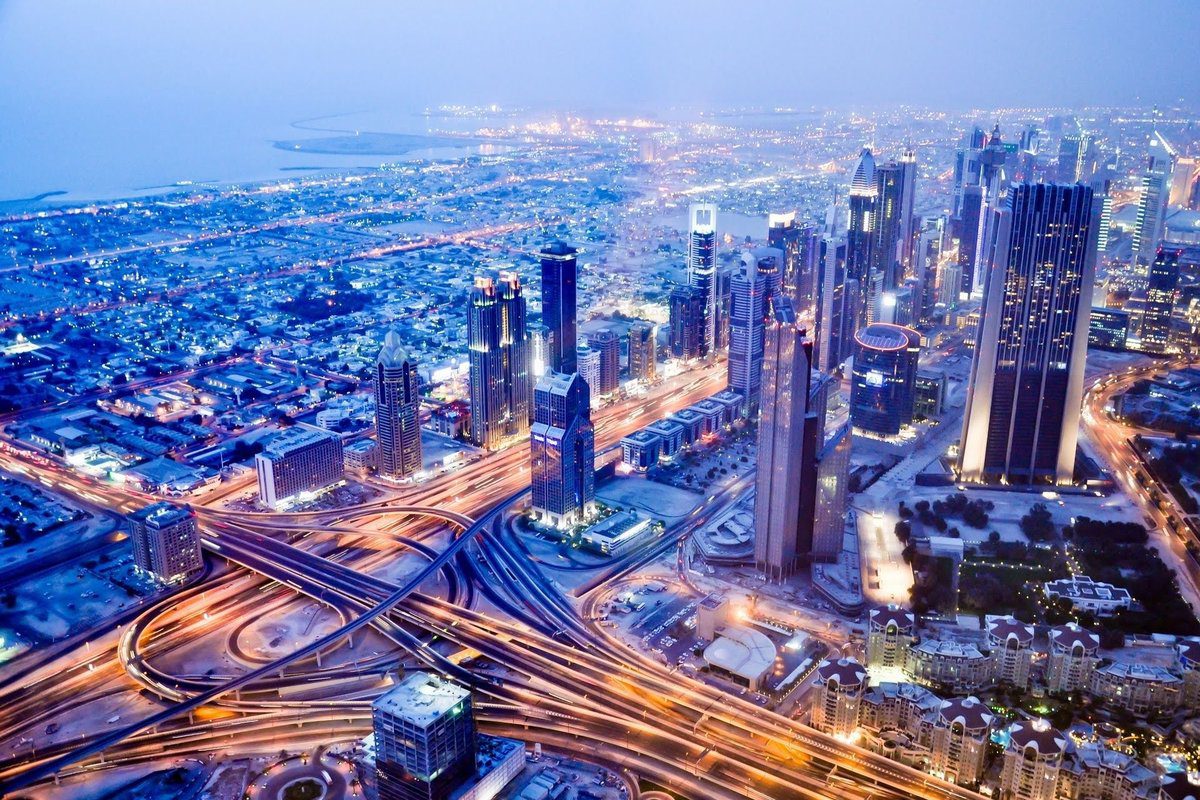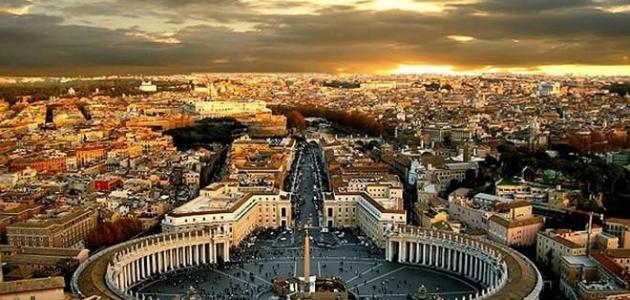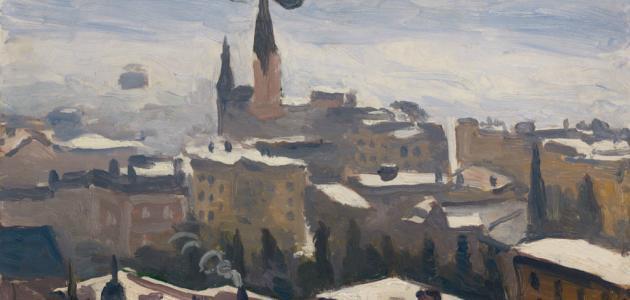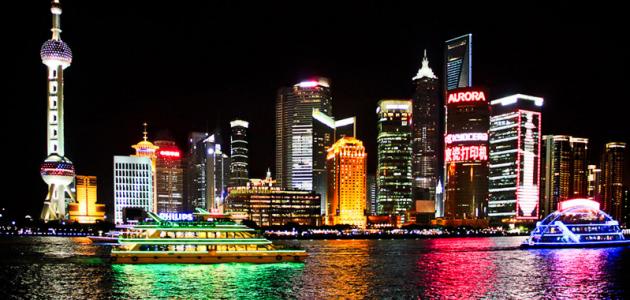Table of Contents
The capital of India is New Delhi
The Heart of India It is New Delhi, the bustling city that contains an amazing mixture of antiquity and cultures, and of importance and strength for the future, a city spread by ancient monuments, and with religious diversity, and maintains the essence of every culture, whether from ancient Hindi, to the Mongols and British and in its purest form, has become Capital of India in 1992 under the National Capital Territory Law.
New Delhi area
New Delhi has an area of about 1484 square kilometers, and according to a statistic established in 2011 that its population is approximately 22 million, its currency is the Rupee, and the most famous religions are Hinduism, the Islamic religion, Sikhs and Christianity, preferably during the month of October to March, and the most popular languages It is English, Punjabi and Hindi.
History of New Delhi
Continuing its history into the Mahabharata, a great epic tale of wars, ancient Delhi was founded by the Mughal rulers who ruled the city until 1857. New Delhi was rebuilt more than five times, the city was once the capital of Pandavas, and in the Maori period the city formed an important link between their capital, Palliatutra with Taxila, and when it was controlled in the 12th century it made a Hindu center of great importance in northern India. New Delhi was built by the British architect Edward in 1912 as a new capital from British rule, after its independence from the Mughal Empire, and made a British base of importance, as buildings, infrastructure, parliamentary buildings and public offices appeared, and it gained independence from Britain in 1947.
Geography of New Delhi
New Delhi is located on the banks of the Yamuna River in northern India at 28.38 degrees north and 77.13 degrees east, bordered to the east by Uttar Pradesh, and Haryana to the west. There are three major geographical regions in New Delhi are the Yamuna Flood Plain, the hills and plains of the Ganges, where the Yamuna Flood Plains provide fertile soil for cultivation, although prone to frequent floods.
Climate of New Delhi
During summer, temperatures reach a maximum of 45 ° C and a minimum of 27 ° C. As for the winter months, temperatures reach a maximum of 25 ° C and at a minimum of 4 ° C. It is characterized by its harsh summer from April to July, while in the month of October to March, the weather is cool to sunny.
New Delhi’s economy
One of the fastest growing cities in India, it is characterized by its suspension bridges built to mitigate the increasing traffic, in addition to its wonderful gardens, tombs, forts and monuments. The services sector is the most important part of the Indian economy, and the largest part of the population is engaged in trade and finance, public administration, professional services and social services. The major industries in New Delhi are sports goods, plastic goods, textiles, chemicals, fertilizers, soft drinks, leather products, paint and printing. Its economic growth rate is around 9% during 2012 and 2013, and the New Delhi government expects to register an economic growth rate of 11% by the end of 2020.
Landmarks in New Delhi
- Manar electrode: The tallest monument in India, it has an Islamic theme that mixes Indian and Mughal architecture styles.
- India portal: A memorial built in honor of the Afghan war soldiers.
- the Red Castle: Mughal architecture built from red sandstones.
Information video about India
Watch the video to know the best information about India:

